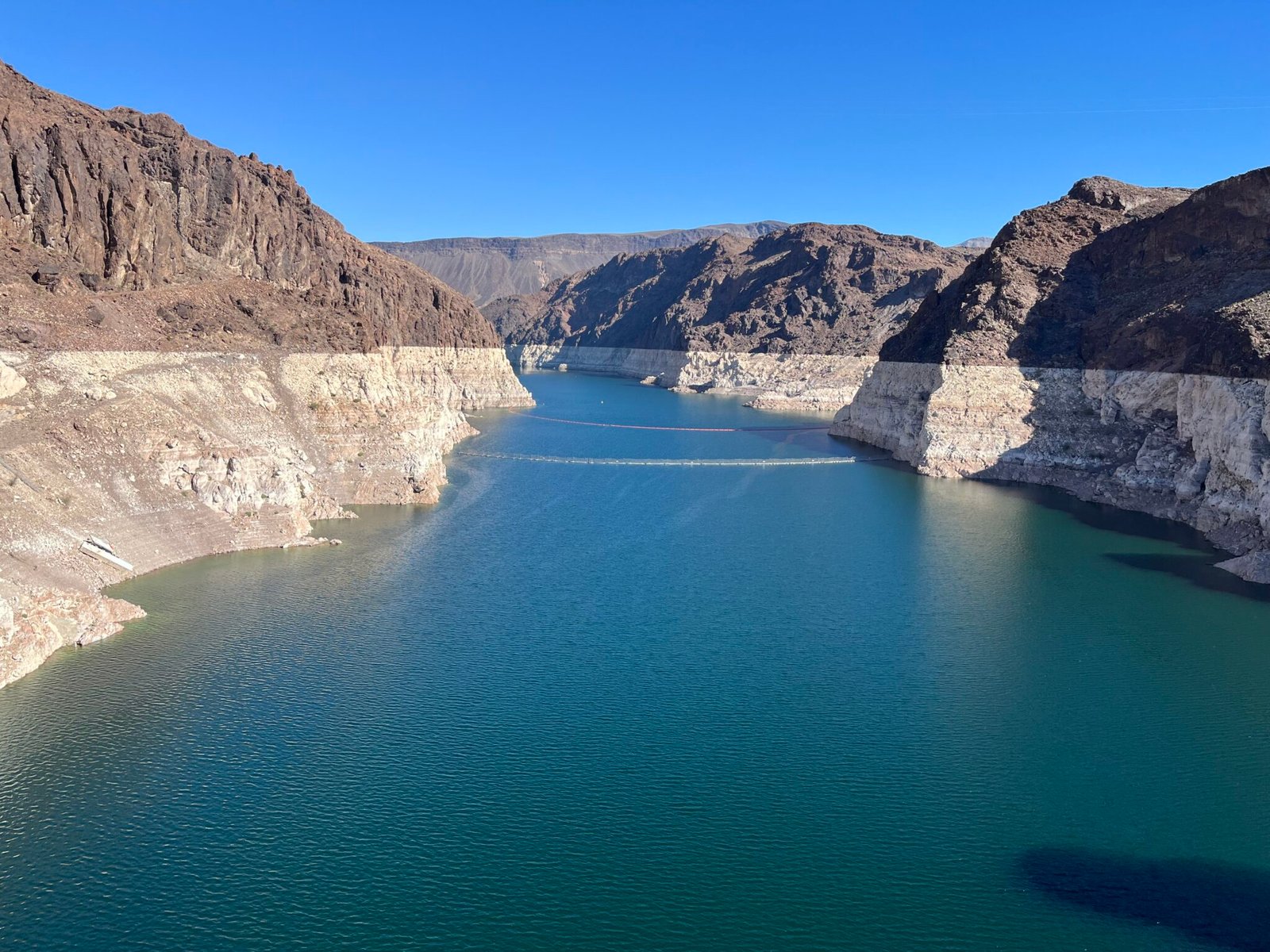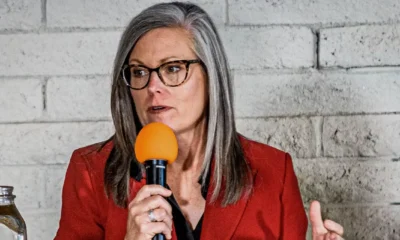arizona
Upper and Lower Basin States Clash in Colorado River Conference Standoff

Western states dependent on the Colorado River are locked in a contentious stalemate regarding the river’s management, even as federal officials urge them to find common ground. Water officials from the seven Colorado River Basin states—Arizona, California, Nevada, Colorado, New Mexico, Utah, and Wyoming—convened at the Colorado River Water Users Association conference in Las Vegas to address escalating tensions.
However, in a notable departure from tradition, representatives from the Lower Basin (Nevada, Arizona, California) and the Upper Basin (Colorado, New Mexico, Utah, Wyoming) did not engage in joint discussions or panels focused on future negotiations for the river. “It’s been customary that we get together beforehand,” noted Becky Mitchell, Colorado River Commissioner for Colorado. She expressed hope that this absence does not indicate a permanent breakdown in communication.
Nine months prior, the two basins submitted diverging water management plans to the federal government after lengthy negotiations failed to yield a consensus on sharing the river’s dwindling resources. Since then, efforts to reach an agreement have stagnated, leaving states at an impasse as they prepare for the expiration of current management rules in 2026.
Central to the conflict is the question of whether Upper Basin states should be required to take mandatory water cuts during drought conditions. Historically, Lower Basin states have fully utilized their 7.5 million acre-feet allocation as per the 1922 Colorado River Compact, while Upper Basin states consistently use less than their share.
Lower Basin states argue for a collective approach to water cuts in dry years, cautioning that refusal to share the burden could lead to severe restrictions on their water supply. During the conference, Lower Basin managers warned that failure to cooperate could provoke a “compact call,” which may compel Upper Basin states to reduce their water allocations further.
In contrast, representatives from the Upper Basin assert that they lack the legal authority to enforce significant reductions unilaterally, citing the existing compact. Arizona’s negotiator, Tom Buschatzke, suggested that a compact call could potentially grant Upper Basin states the necessary authority to enact cuts.
In anticipation of ongoing disagreements, Buschatzke has urged Arizona’s governor to allocate $1 million for potential litigation, ensuring the state is prepared for any legal battles that may arise. “I have to do my due diligence for all potential outcomes,” he added.
Negotiators from both basins recognize three primary pathways: litigation, legislation, or negotiation. JB Hamby, Colorado River Commissioner for California, emphasized the desire for a collaborative solution, stating, “We want a seven-state agreement.” Meanwhile, Mitchell criticized the Lower Basin’s approach, arguing that a true compromise necessitates flexibility from both sides.
To encourage resolution, the federal government recently outlined four river management options, including a hybrid strategy integrating elements from both basin plans. Representatives have requested more detailed information before endorsing any of the proposals.
Despite the current discord, optimism remains among state officials for a breakthrough in negotiations. John Entsminger from Nevada emphasized the importance of partnership, stating, “We believe compromise is possible.” Mitchell echoed this sentiment, asserting that a unified consensus among the states is achievable.
Brandon Gebhart from Wyoming remarked that a collaborative management plan could prove more effective than one mandated by the federal government, although he cautioned that significant progress would not occur overnight. “The enemy we’re battling right now is not the Upper Basin, it’s not the Lower Basin. It’s hydrology,” he concluded.


















